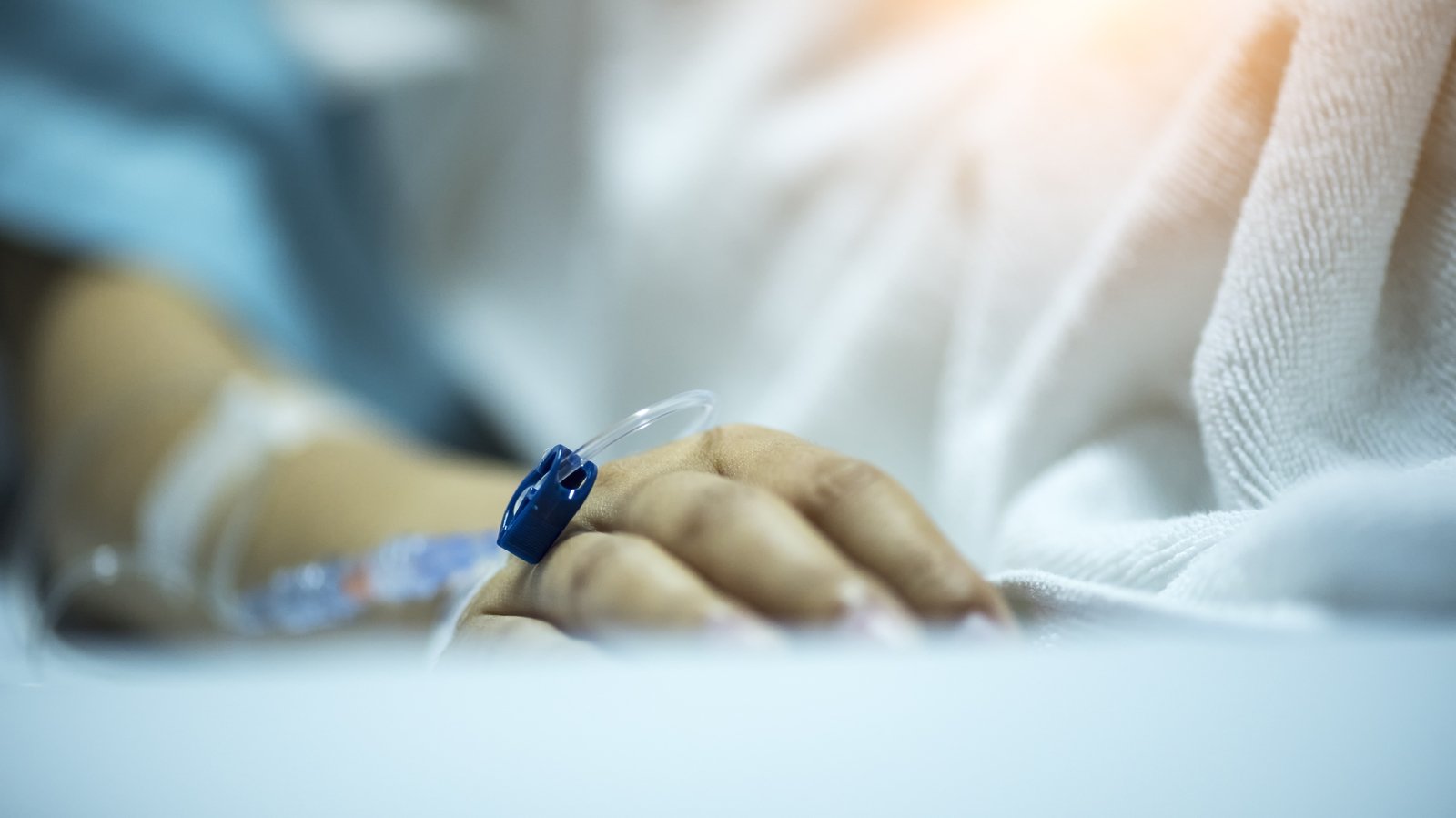
As 200 people with Covid-19 received treatment in intensive care units around the country today, at least another 200 others were getting high levels of respiratory support outside ICUs.
A consultant respiratory physician at one of Dublin’s largest hospitals said that around 80% of people who come to hospital with Covid are there because of breathing problems – and that a “sizeable minority” of them will need some form of “advanced respiratory support”.
Dr Brian Kent from St James’s Hospital said that while some patients will need to go straight to intensive care and be ventilated, there are others for whom that type of treatment is not appropriate and who could benefit from other methods.
“Some of these people, it would be inappropriate and unfair to them to send them to ICU. For some of these people, they would simply be too frail to survive an ICU admission and by sending them to ICU we would simply be prolonging their death and making it a more unpleasant experience. But for others, we would hope that we would be able to avoid an ICU admission by delivering them this type of treatment on the ward.”
Dr Kent said this treatment can be given in a number of different ways.
“We will treat some people with a type of oxygen treatment called high flow nasal oxygen therapy, which involves a little plastic moustache that sits under their nose and delivers high flows of oxygen directly into their nose, or there are other people who we will use non-invasive ventilation on.
“We will attach a mask to the person’s face and use a life support machine, a ventilator-type machine, to deliver oxygen and air pressure to them to help achieve adequate levels of oxygenation.”
He said that for some patients, this treatment will not be successful and they may have to go to intensive care.
Dr Kent said that these types of treatments are more common in this third wave than when the pandemic first hit last March.
“We are more comfortable doing it. We have a better idea of where it sits in our therapeutic pathways. We are also aware of how much stress our ICU colleagues are under. We know that ICUs are strained for beds, that all of the ICUs in this country are having to expand significantly above their normal bed bases, so if we can avoid someone going to ICU, if we can successfully treat them on the ward, then so much the better.”
The experience in St James’s is likely replicated around the country as hospitals everywhere face increasing stresses.
“I would summarise the situation as being very pressurised but functioning,” said Dr Vida Hamilton this evening as she addressed a NPHET press briefing.
The HSE’s National Clinical Advisor and Group Lead for Acute Hospitals said “this is our second week in surge”, adding that 312 people are in critical care this evening, including 201 Covid patients and two other suspected Covid patients.
She said that a “critical care nurse escalation plan” is active, and includes a “buddy system”, where a critical care nurse works with a non-critical care nurse to care for a single patient.
“As surge escalates, we have the one critical care nurse then supervising two, then three non-critical care nurses”, she said.
She said the HSE is communicating with all units on a daily basis and looking at staff and resource deployment.
“We are keeping a very close eye on drug usage, there have been no shortages reported to date. The equipment is all in the right places at the right times. All our oxygen supplies in all hospitals is in the green zone”.
University Hospital in Limerick is one of 10 acute hospitals dealing with more than 100 Covid positive patients.
Its Chief Clinical Director Professor Brian Lenehan said the hospital is under “significant pressure” and is implementing its surge plan.
“We’ve opened additional critical care beds today. We are implementing our surge plan. We have four additional High Dependency Unit beds, if the need arises for patients who are on the ward that need to be transferred to our critical care department.”
“It’s a significant pressure both in the critical care department managing these patients who have a high care demand. They need 1-1 nursing. Those that are being nursed face down, or prone, there is a significant manpower involved in nursing them appropriately. Similarly the challenges on the wards are great, because the patients are sick and are needing a high level of acute medical care”, he said.
The advanced respiratory care is also taking place in UHL.
“We have a large number of patients in the hospital who are acutely unwell, the age bracket varies from their 40s and 50s to those in their 70s and 80s. We have a large number of patients receiving oxygen therapies on our wards”.
Dr Kent in St James’s Hospital agrees.
“The perception has grown that this is a disease of old people and a disease of people with lots and lots of co-morbidities, we are seeing lots of people who’ve just picked it up and really who haven’t had to deal with a doctor previously in their lives but have just been struck down by this”, he said.
Professor Lenehan said that if the level of infection in the community continues to be high, there will continue to be one Covid admission to hospital every two hours.
“There is no healthcare system that can sustain that demand”, he said.
Today, the number of Covid-19 patients in hospital rose above 2,000 for the first time.
